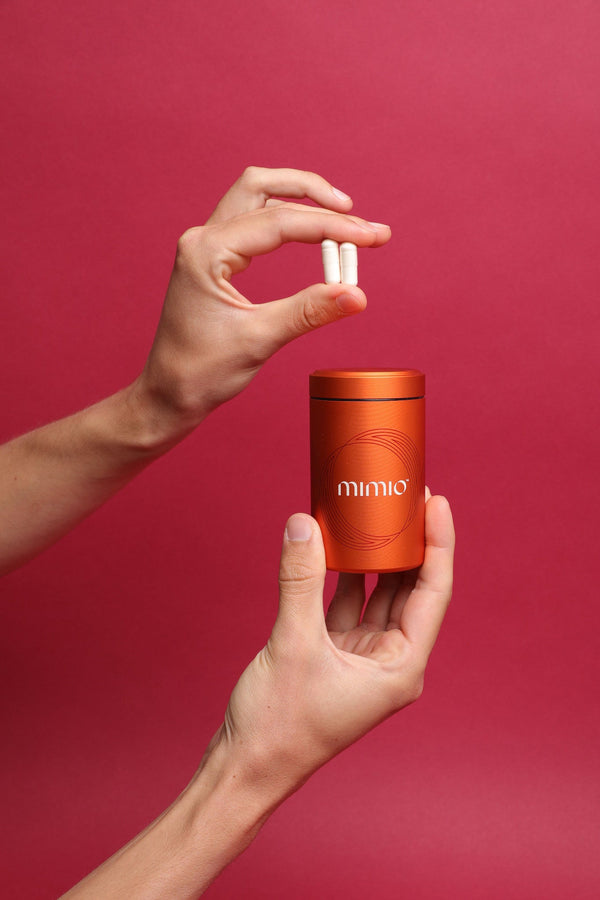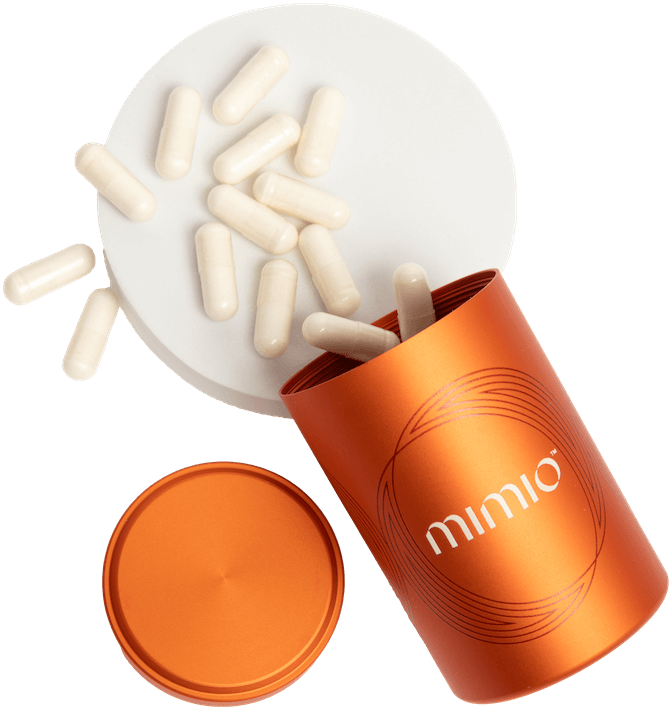What if the key to a longer, more vibrant life was in the daily rituals of people living half a world away?
Welcome to the world of Blue Zones—pockets around the globe where people regularly live to 100 and beyond, not just surviving, but thriving. These communities offer a rare, real-life glimpse into what science has been trying to decode for decades: the lifestyle formula for exceptional longevity.
And spoiler alert—it’s not about perfection. It’s about consistency, connection, and honoring your biology.
What Are Blue Zones?
Coined by author and researcher Dan Buettner, “Blue Zones” refer to five regions where people live significantly longer than the global average. These include:
Blue Zone Diet Snapshot
|
Blue Zone |
Primary Foods |
Special Traits |
|
Okinawa, Japan |
Sweet potatoes, tofu, seaweed |
Low-calorie density, high in antioxidants |
|
Ikaria, Greece |
Wild greens, olive oil, goat milk |
Mediterranean-style, anti-inflammatory |
|
Sardinia, Italy |
Whole grains, beans, sheep cheese |
High polyphenols, high plant-to-meat ratio |
|
Nicoya, Costa Rica |
Corn, beans, squash, tropical fruits |
High-fiber, antioxidant-rich native staples |
|
Loma Linda, CA |
Nuts, soy, vegetables, whole grains |
Predominantly plant-based, Adventist diet |
Common Thread: Real, plant-rich, minimally processed foods = cellular longevity fuel.
Despite geographical and cultural differences, these populations share strikingly similar lifestyle habits that support not just long lifespan—but also long healthspan.
Let’s decode what they’re doing right—and how you can do it too.
7 Longevity Pillars from Blue Zones
|
Pillar |
Why It Matters |
Longevity Benefit |
|
Plant-based diet |
Reduces inflammation and oxidative stress¹ |
Lower chronic disease risk |
|
Daily movement |
Stimulates metabolism, improves insulin sensitivity² |
Preserved mobility, reduced disease risk |
|
Sense of purpose |
Supports emotional well-being, reduces stress hormones³ |
Longer lifespan, greater resilience |
|
Stress management |
Activates parasympathetic healing responses⁴ |
Stronger immunity, better sleep |
|
Social connection |
Buffers emotional stress, fosters behavioral health⁵ |
50% reduction in mortality risk |
|
Mindful eating |
Avoids overconsumption, supports digestion⁶ |
Stable metabolism and healthy weight |
|
Fasting/biomimicry |
Triggers autophagy and cellular cleanup⁷ |
Slowed aging, enhanced cellular function |
Live like a centenarian without relocating—start with one small shift today.
Pillar 1: A Mostly Plant-Based Diet
Across all Blue Zones, diets are predominantly plant-based, nutrient-dense, and minimally processed. Think fresh vegetables, beans, legumes, and whole grains—with meat eaten sparingly and mostly on special occasions.
Here’s a snapshot:
|
Region |
Staple Foods |
|
Okinawa |
Sweet potatoes, turmeric, tofu, bitter melon |
|
Ikaria |
Wild greens, olive oil, lentils, goat milk |
|
Sardinia |
Barley, fava beans, pecorino cheese |
|
Nicoya |
Corn, beans, squash, tropical fruits |
|
Loma Linda |
Nuts, soy products, whole grains |
This low-inflammatory, antioxidant-rich way of eating mirrors many of the benefits of the Mediterranean diet, which Dr. Chris Rhodes often references for its metabolic and anti-aging advantages. These dietary choices reduce chronic disease, stabilize blood sugar, and foster cellular resilience.
Pillar 2: Natural Movement Every Day
In Blue Zones, people don’t go to the gym—but they move constantly. Their lives are designed to encourage gentle, consistent physical activity throughout the day.
This includes:
-
Walking or biking to work
-
Gardening or farming
-
Housework and manual chores
-
Climbing hills or stairs
Unlike intense gym sessions that come and go, this “slow burn” movement style keeps metabolism revved and muscles active. It also enhances circulation and reduces the burden of senescent “zombie” cells—those aged cells that stick around and cause inflammation.
Pro tip: Even 30 minutes of walking per day can drastically improve cardiovascular and cellular health.
Pillar 3: Purpose (“Ikigai” or “Plan de Vida”)
Blue Zone residents share something deeper than just good habits—they have a reason to wake up every morning.
In Okinawa, it’s called “Ikigai.” In Nicoya, “Plan de Vida.” This sense of purpose has measurable effects on longevity. Studies show that people who live with meaning have:
-
Lower rates of depression
-
Better cardiovascular health
-
Longer lifespans
Having purpose reduces stress, motivates healthier choices, and improves community connection. It’s not just about career success—it’s about meaning, passion, and service.
What’s your reason for living well?
Pillar 4: Low Stress, High Mindfulness
Even in areas with economic hardship, Blue Zone residents experience less chronic stress than the average Westerner. That’s not luck—it’s by design.
They intentionally:
-
Take daily naps or rest breaks
-
Connect with nature
-
Meditate, pray, or reflect
-
Practice gratitude rituals
This doesn’t just feel good—it impacts biology. Chronic stress raises cortisol levels, accelerates aging, and weakens the immune system. Lowering stress helps activate parasympathetic pathways that enable cellular repair.
Pairing mindfulness with fasting or biomimetic tools (like Mimio Biomimetic Cell Care) further enhances your body’s natural detox and regeneration systems.
Pillar 5: Strong Social Circles
Longevity isn’t a solo pursuit. In Blue Zones, community is non-negotiable.
-
Families often live under one roof across generations
-
Friendships last a lifetime
-
Neighbors regularly gather to share meals and offer support
This consistent emotional scaffolding boosts mental health, regulates immune function, and literally lowers mortality risk. Studies confirm: social isolation is as dangerous as smoking or obesity.
Longevity isn’t just about how you live—it’s about who you live it with.
Pillar 6: Moderate, Enjoyed Eating
Another key trait? People in Blue Zones enjoy their food, but they don’t overdo it. The concept of “Hara Hachi Bu” (eating until 80% full) is a cornerstone in Okinawa.
Other habits include:
-
Eating the smallest meal in the evening
-
Cooking meals from scratch
-
Eating slowly and socially
This naturally reduces calorie intake without restriction. And just like fasting, this type of metabolic rest helps reduce oxidative damage, promote autophagy (cellular cleanup), and preserve long-term health.
Pillar 7: Fasting & Biomimicry in Action
Many Blue Zone practices naturally mimic the effects of intermittent fasting—from time-restricted eating windows to low-calorie days due to traditional lifestyles.
These metabolic stressors trigger hormesis, a beneficial cellular response that:
-
Activates autophagy
-
Enhances insulin sensitivity
-
Reduces inflammation
-
Extends lifespan in animal models
For those who struggle with strict fasting, biomimetic solutions like Mimio Biomimetic Cell Care provide a way to replicate fasting’s cellular benefits—without missing meals.
It’s a science-backed way to tap into the same longevity codes that Blue Zones have been activating for centuries.
Fasting vs. Fasting Mimetic (Mimio)
|
Traditional Fasting |
Mimio Biomimetic Cell Care |
|
|
Eating Required? |
No (zero calorie) |
Yes (safe to take with meals) |
|
Activation Time |
16–36 hours of fasting |
Begins working within daily use |
|
Benefits Triggered |
Autophagy, stress resistance |
Mimics fasting benefits without nutrient loss |
|
Energy Levels |
May decrease temporarily |
Maintained or improved |
|
Accessibility |
Hard for many due to lifestyle |
Easy integration into modern routines |
|
Ideal For |
Biohackers, fasters, beginners |
Anyone seeking metabolic & longevity benefits |
Your biology, activated—no hunger required.
Blue Zones vs. Modern Life: Can We Bridge the Gap?
Most of us don’t live on a remote Greek island or farm our own food. But the power of Blue Zones lies in their translatable wisdom.
Here’s how to apply Blue Zone principles wherever you are:
|
Blue Zone Principle |
Modern Application |
|
Plant-forward diet |
Shift to mostly plants, whole grains, and healthy fats |
|
Natural movement |
Walk, bike, do chores, stretch daily |
|
Purpose |
Journal your “why” and make time for meaningful work |
|
Daily stress relief |
Meditate, nap, or spend time outdoors |
|
Social connection |
Call a friend, join a group, prioritize quality time |
|
Eating mindfully |
Slow down, eat at home, listen to hunger cues |
|
Fasting biomimetics |
Use Mimio to mimic fasting benefits |
Living Long and Living Well
Blue Zones aren’t mythical—they’re models of what happens when lifestyle aligns with biology. Their success is proof that longevity isn’t about doing more—it’s about doing what matters, consistently.
With modern tools and timeless habits, we can all bring a slice of Blue Zone wisdom into our lives. Start small. Eat better. Connect deeply. Move more. And when life gets too fast, let Mimio help you activate your body’s natural regenerative potential.
Because the secret to living longer might not be out there—it’s already within you.
References
¹ Buettner, D. (2005). The Blue Zones: Lessons for Living Longer From the People Who've Lived the Longest. National Geographic Books.
² Manini, T. M. (2011). Energy expenditure and aging. Ageing Research Reviews, 10(3), 264–271.
³ Hill, P. L., & Turiano, N. A. (2014). Purpose in life as a predictor of mortality across adulthood. Psychological Science, 25(7), 1482–1486.
⁴ Chrousos, G. P. (2009). Stress and disorders of the stress system. Nature Reviews Endocrinology, 5(7), 374–381.
⁵ Holt-Lunstad, J., Smith, T. B., & Layton, J. B. (2010). Social relationships and mortality risk: A meta-analytic review. PLoS Medicine, 7(7), e1000316.
⁶ Wansink, B., & Sobal, J. (2007). Mindless eating: The 200 daily food decisions we overlook. Environment and Behavior, 39(1), 106–123.
⁷ Madeo, F., Zimmermann, A., Maiuri, M. C., & Kroemer, G. (2015). Essential role for autophagy in life span extension. The Journal of Clinical Investigation, 125(1), 85–93.



